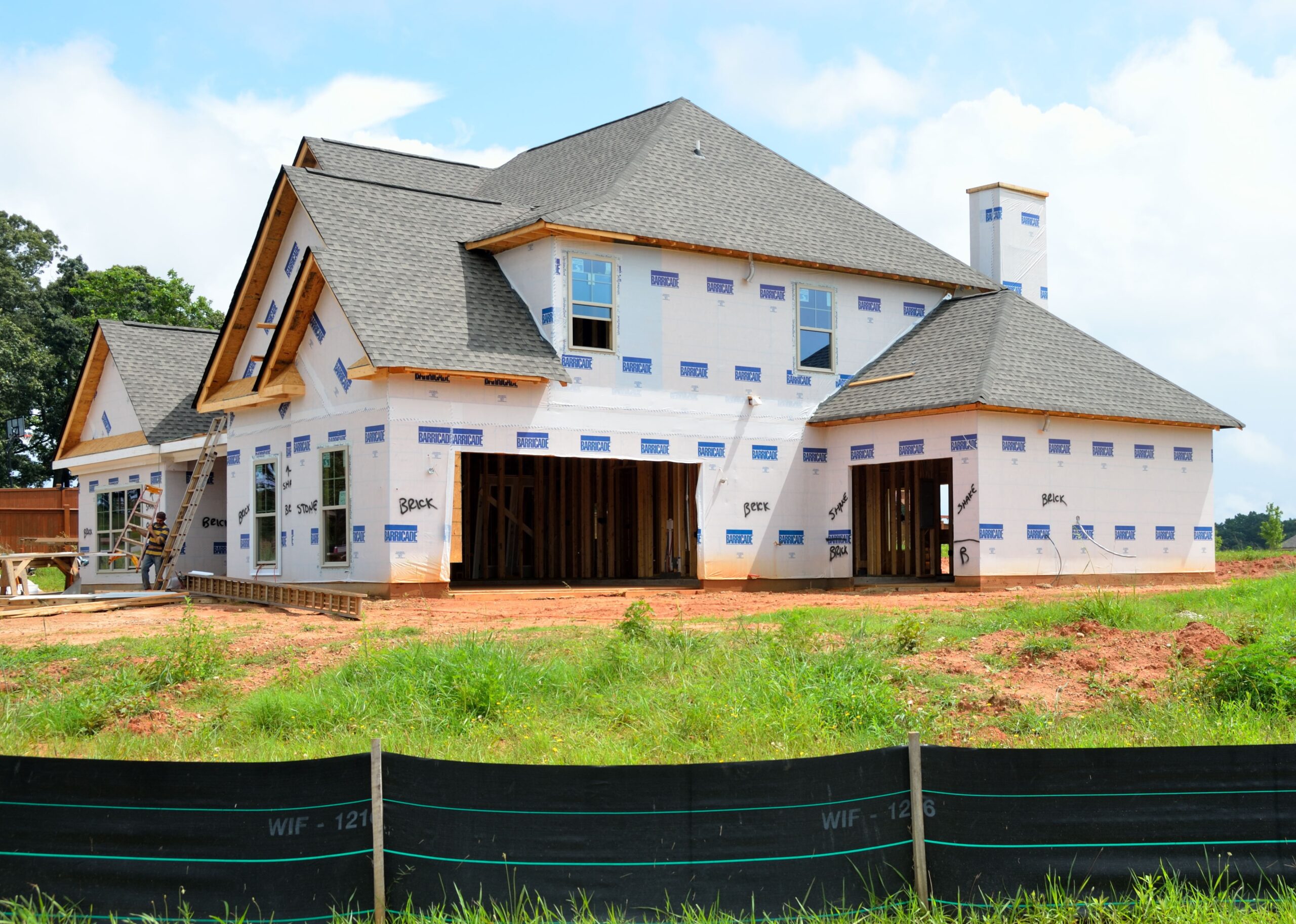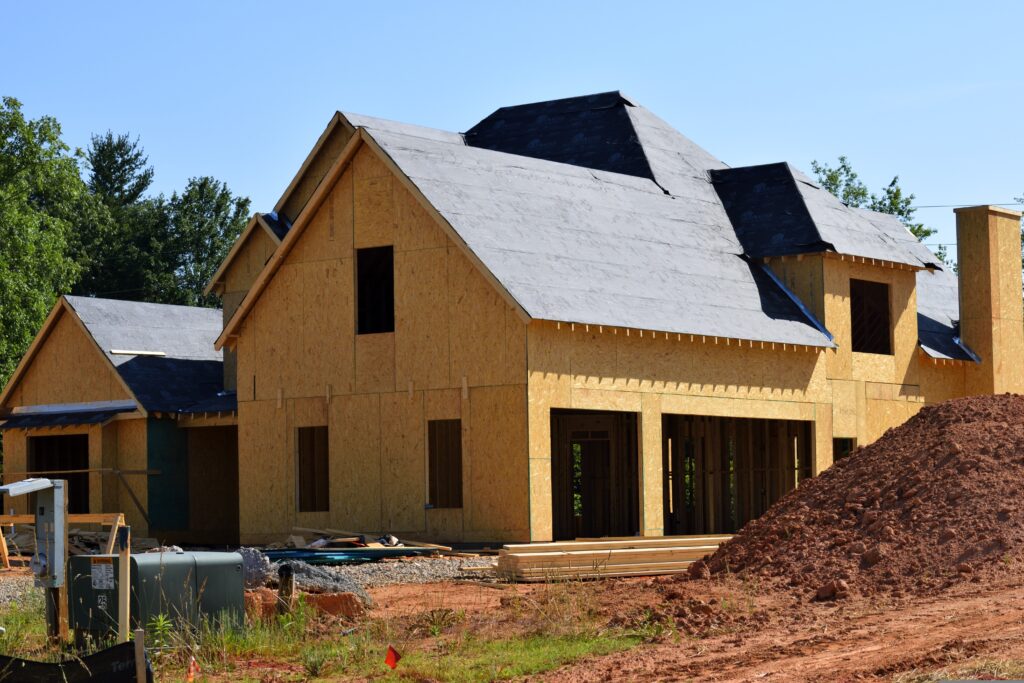
On The Money
Canada, long known for its vast landscapes and welcoming nature, faces a growing crisis that threatens the stability and affordability of housing across the nation. As the country continues to embrace high levels of immigration, the demand for housing has surged, exacerbating an already strained market. This increased demand, coupled with policy missteps and insufficient supply, has created a perfect storm that prevents home prices from stabilizing, let alone decreasing.
Immigration has been a cornerstone of Canada’s growth and diversity. The federal government’s commitment to welcoming hundreds of thousands of new immigrants each year is driven by the need to bolster the workforce and sustain economic growth. According to Statistics Canada, the country admitted over 493,000 new permanent residents in 2022 alone, a record high, with 2023 not far behind at 468,000. While this influx is essential for addressing domestic labor and skills shortages, it has also placed an immense strain on the housing market, particularly in major urban centers like Toronto, Vancouver, and Montreal, where demand has outpaced the availability of affordable homes.
The federal government has attempted to address this issue by massively funding housing subsidies and programs aimed at making homeownership more attainable. These measures include enhancements to the National Housing Strategy and investments in affordable housing projects. Despite these efforts, the reality on the ground tells a different story. The average home price in Canada remains stubbornly high at $733,000 and so, for many Canadians, the dream of owning a home is slipping further out of reach.
One of the critical reasons for the failure of these policies is the mismatch between the supply of new housing and the rate of population growth. While the government has introduced initiatives to stimulate housing construction, the pace at which new homes are being built is insufficient to meet the burgeoning demand. According to the Canada Mortgage and Housing Corporation (CMHC), Canada needs to build an additional 3.5 million homes by 2030 to restore affordability. However, the current rate of construction falls woefully short of this target. Regulatory hurdles, labor shortages, and the rising cost of construction materials have all contributed to the sluggish increase in housing supply. As a result, even with subsidies, the limited availability of homes keeps prices elevated.
Furthermore, Canada’s carbon tax and taxes on gasoline and energy further complicate the housing crisis by driving up construction costs. Introduced to combat climate change, the carbon tax imposes a fee on carbon emissions, which translates to higher costs for materials and transportation, and unfortunately without having any impact on carbon emissions. The tax on gasoline and energy similarly affects the price of fuel, a critical component for the heavy machinery and transportation involved in home building. These increased costs are inevitably passed on to consumers, making new homes even more expensive, again without having any positive impact to the environment. According to the Canadian Home Builders’ Association, these taxes can add thousands of dollars to the cost of constructing a single-family home. While the goal of these taxes is to encourage more sustainable practices, they inadvertently place additional financial strain on an already overburdened housing market, further impeding efforts to make housing affordable for Canadians.
The federal government’s focus on subsidizing demand rather than addressing supply constraints is a fundamental flaw. Policies that make it easier to buy homes without significantly increasing the number of homes available only serve to inflate prices further. A more effective approach would be to tackle the root causes of the housing shortage by streamlining regulations for new developments, investing in infrastructure to support higher density living, and incentivizing the construction of housing. This should go hand in hand with eliminating entirely ineffective carbon taxes that exacerbate inflation and push costs of housing even higher.
The situation is further complicated by the unique dynamics of Canada’s housing market, where foreign investment plays a significant role. In cities like Vancouver and Toronto, foreign buyers have historically driven up prices, making it even harder for local residents to compete. Although the government has implemented measures, such as taxes on vacant properties and non-resident buyers, to curb foreign investment, these steps have had limited impact in cooling the market. For instance, the speculation and vacancy tax in British Columbia, introduced in 2018, has had some success in targeting empty homes, but housing affordability remains a significant challenge.
Additionally, the COVID-19 pandemic has reshaped housing demand in unexpected ways. Remote work has enabled many Canadians to move away from densely populated urban centers to more affordable regions, leading to a surge in prices in previously less competitive markets. According to the Canadian Real Estate Association (CREA), the average home price in Canada rose by 13.1% year-over-year as of December 2022, with significant increases in smaller cities and rural areas. This shift has further complicated the supply-demand imbalance and underscores the need for a diversified approach to housing policy that considers regional variations.
The rental market has not been spared from these challenges. High home prices have forced many would-be buyers to remain renters, putting additional pressure on rental availability and affordability. Data from the CMHC reveals that the national vacancy rate for rental apartments fell to 2.2% in 2021, the lowest in decades. In major cities, the situation is even more dire, with vacancy rates in Toronto and Vancouver hovering around 1%. The tight rental market has led to steep rent increases, making it difficult for lower-income families and young professionals to find affordable housing.
Moreover, homelessness has become a growing concern. A report by the Canadian Observatory on Homelessness estimates that on any given night, over 35,000 Canadians experience homelessness. The lack of affordable housing options, coupled with rising living costs, has pushed many vulnerable individuals and families to the brink. Despite government efforts to increase funding for homelessness prevention and support services, the demand for such services continues to outstrip supply. It’s difficult to understand how so many policies that are, in fact, destroying the country and impoverishing Canadians, are still supported by the Government.
To address these multifaceted issues, a comprehensive and coordinated approach is essential. One potential solution lies in significantly increasing the supply of housing through public-private partnerships and targeted investments. The federal government could play a crucial role by providing incentives for developers to build housing of any kind without burdensome and ineffective qualifiers for affordability and by investing in critical infrastructure to support new developments on a much larger scale than they are currently and with more even more funding. Additionally, revising zoning laws to allow for higher-density housing in urban areas could help alleviate some of the pressure on housing supply.
Another important aspect is the need for better integration of immigration and housing policies. While immigration is vital for Canada’s economic growth, it is crucial to ensure that the infrastructure, including housing, can support the growing population. This might involve setting more realistic immigration targets in line with housing capacity or implementing measures to spread the population growth more evenly across the country, rather than concentrating it in already strained urban centers, and implement measures to maintain it.
Canada’s housing crisis is a complex problem that requires a multifaceted and collaborative approach. While immigration remains a vital component of the country’s economic strategy, its impact on housing demand cannot be ignored. Federal subsidies and incentives, as they currently stand, are insufficient to address the core issues of supply and affordability and especially when countered by ineffective taxes on energy production and consumption. Without bold action to increase the housing stock and make affordable homes truly accessible, the average Canadian will continue to face an uphill battle in securing a place to call home. Addressing this crisis will require a concerted effort from all levels of government and the private sector to ensure that Canada remains a place where everyone has the opportunity to find a safe and affordable place to live.
Romel Dhalla, is President of Dhalla Advisory Corp., provides strategic corporate finance advice to companies and high net worth individuals and was a portfolio manager and investment advisor with two major Canadian banks for 17 years. Contact him at [email protected]. Any views or opinions represented in this article are personal and belong solely to the author and do not represent those of people, institutions or organizations that the owner may or may not be associated with in professional or personal capacity, unless explicitly stated. Any views or opinions are not intended to malign any religion, ethnic group, club, organization, company, or individual.



